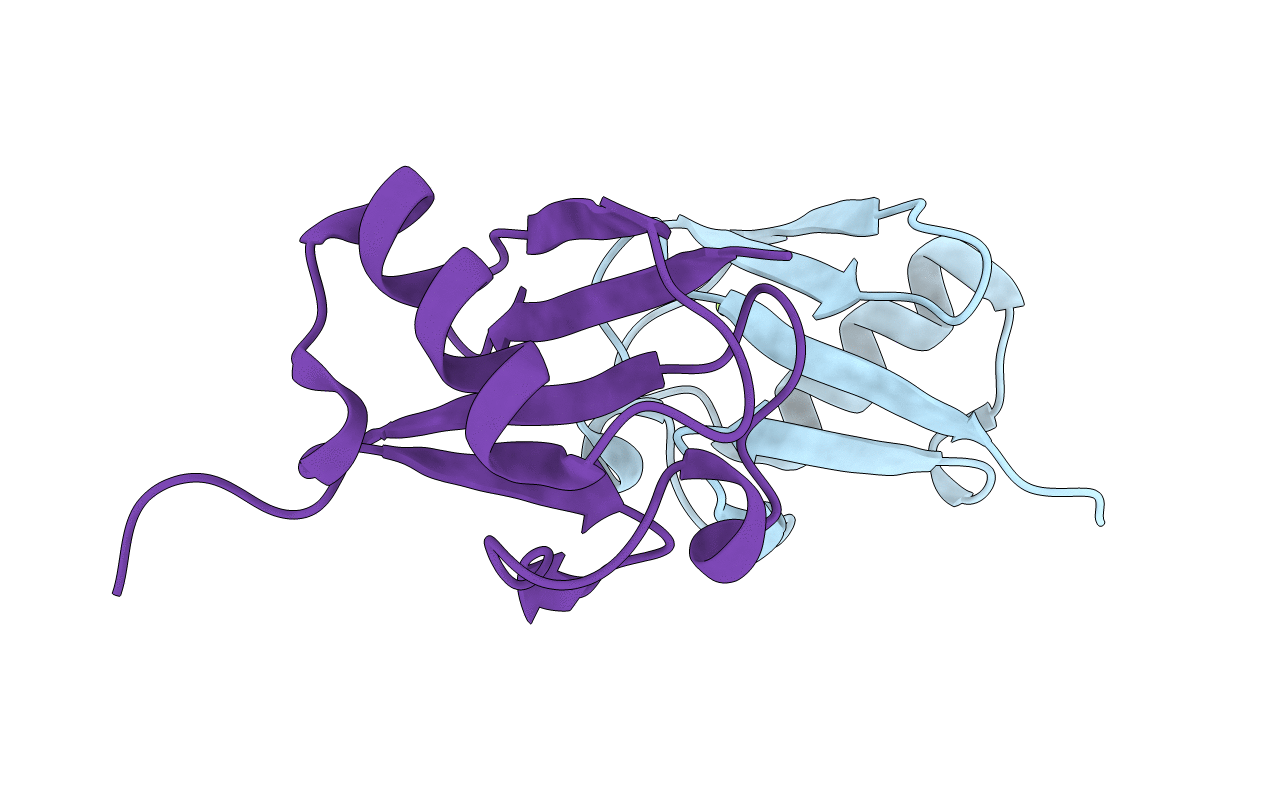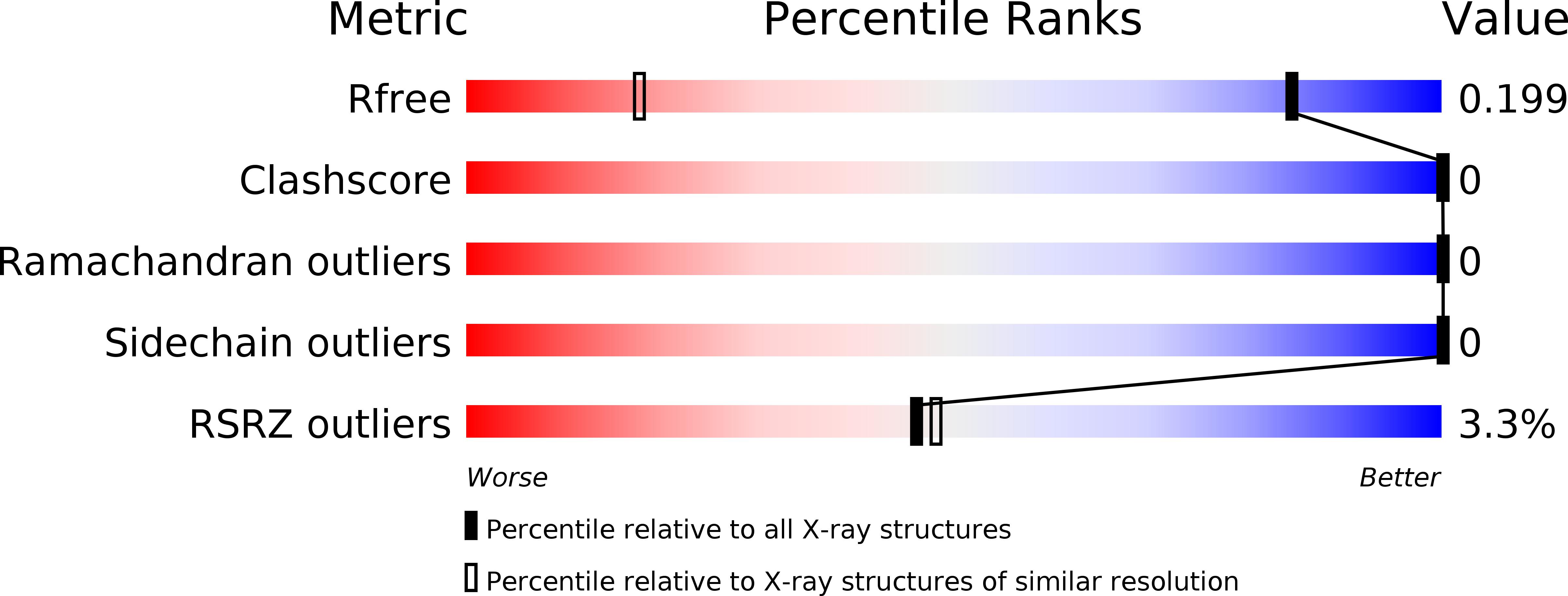
Deposition Date
2017-06-09
Release Date
2017-07-05
Last Version Date
2023-10-04
Entry Detail
PDB ID:
5W46
Keywords:
Title:
Structure of S65D Phosphomimetic Ubiquitin Refined at 1.2 Angstroms Resolution
Biological Source:
Source Organism:
Homo sapiens (Taxon ID: 9606)
Host Organism:
Method Details:
Experimental Method:
Resolution:
1.18 Å
R-Value Free:
0.18
R-Value Work:
0.17
R-Value Observed:
0.17
Space Group:
P 1 21 1


